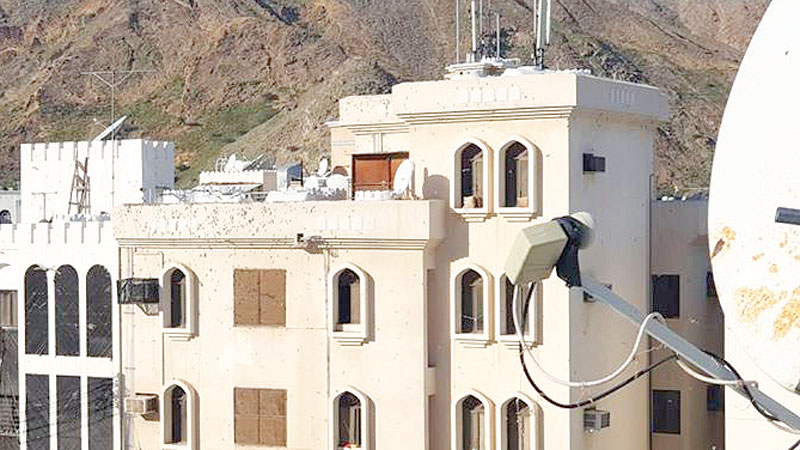

Desert locusts have been sighted by residents in various parts of the capital such as Hamriya, Wadi Kabir, Muttrah, Al Bustan, Muscat Expressway and Al Khuwair. Motorists spoke of the upsetting experience of having the locusts careering into cars with a sickening sound.
It may be noted that many countries in East Africa have been battling
swarms of desert locusts this year, which has been described as one of the worst outbreaks in decades, according to the United Nations Environment Programme.
“Though they have not entered our homes yet, you can find them much on the outdoor plants and almost everywhere. We were initially surprised, but later found out that it has been reported from elsewhere in Oman too,” said Yogita, a resident of Al Bustan.Ashifur Rahman, a resident of Hamriya in Muscat, also shared images of desert locusts from apartments in the area.
The Observer had reported on January 25 that hordes of locusts briefly disrupted vehicular movement on the Sharqiyah Coast Road (Highway 17).
Last week, the Ministry of Agriculture and Fisheries notified citizens, livestock breeders and beekeepers about the beginning of spray operations to control desert locusts in the villages of Al Amerat and Qurayat where these insects are widespread.
The ministry has been holding meetings to discuss the situation in coordination with the Locust Control Unit.
Spraying operations were conducted in 92,000 hectares of South Al Sharqiyah and Al Wusta governorates. A total of 286 litres of pesticides were used in the operations.
Oman is internationally classified as one of the transit areas for desert locusts, depending on the climate suitable for locusts breeding.
The last major locust swarm was reported in 2014.
According to the United Nations Environment Programme, the immediate sector at risk is food security.
“While the traditional form of control considered is use of pesticides, the impact of these chemicals on the environment and other critical ecosystems key to food security such as bees and other insects, which not only pollinate up to 70 per cent of our food, but also may have an impact on human health — can not be overlooked.”
Oman Observer is now on the WhatsApp channel. Click here



